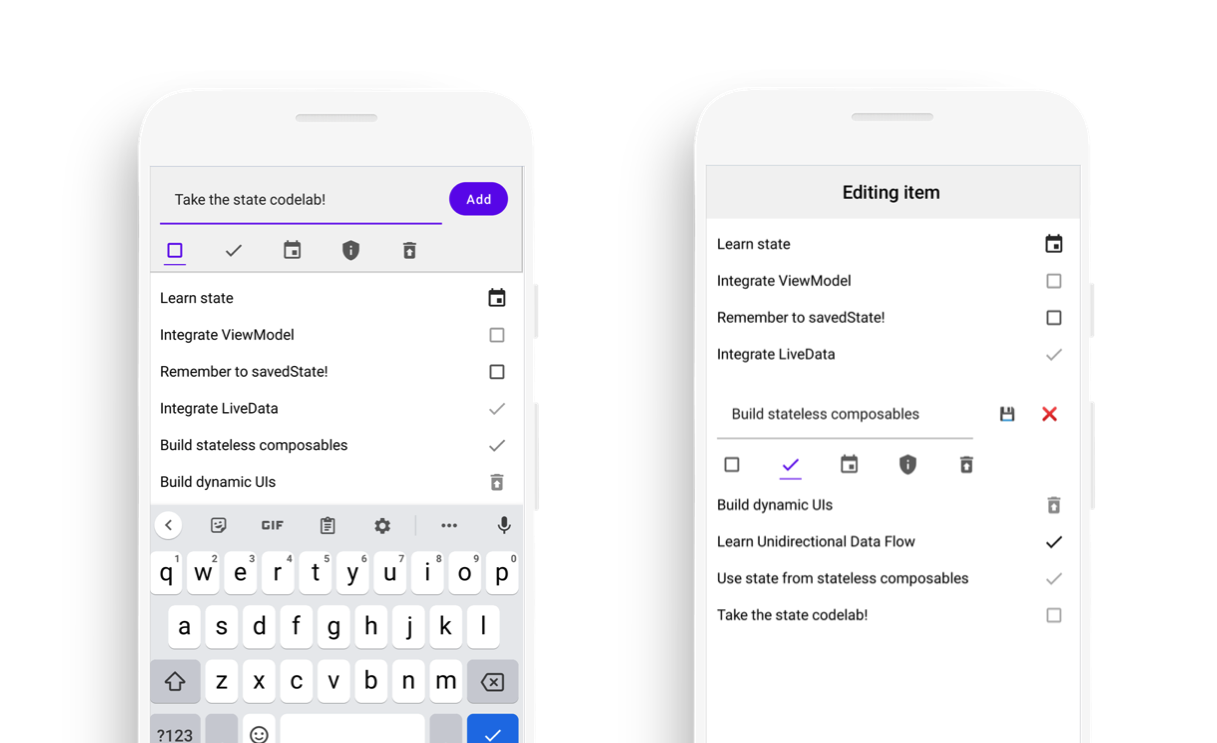


Outside of using plain callbacks, the Command pattern has pretty limited use. I didn’t mention that the command pattern can be used as a means to create the ability to undo actions as well, but I don’t want to drag this on too long, so I won’t show you how to do this. Right now, we’re only concerned about a few specific methods that it implements: enable, disable, reset, and set.įor each one of these methods, we’ll create a command object to encapsulate it: 1 2 3 4 5 6 7 8 9 10 11 12 13 14 15 16 17 18 19 20 21 22 23 24 25 26 27 For this app we’ll need an Alarm object that contains the status and settings of the alarm. It lists several alarms that you can have, and in the case of this app that number can be anywhere between zero and infinity, unlike the mere 4 alarms that my little flip phone maxes out at. Let’s say that we’re making an alarm clock app, probably very similar to the one on your cell phone. As usual, this will probably make a little more sense with a code example.

This is most powerful in the world of user interface. It is simply an abstraction layer between the object that implements a method and the object that wishes to invoke that method. Another way to say it is that the command pattern is a way of encapsulating the invocation of a method. To see the other patterns that have been posted and the expected future posts, check out the list just below or at the bottom of the page.Īs I said, a command object is actually representative of a verb, rather than a noun like most objects are. This post is the 11 th post in a series about design patterns in JavaScript.


 0 kommentar(er)
0 kommentar(er)
